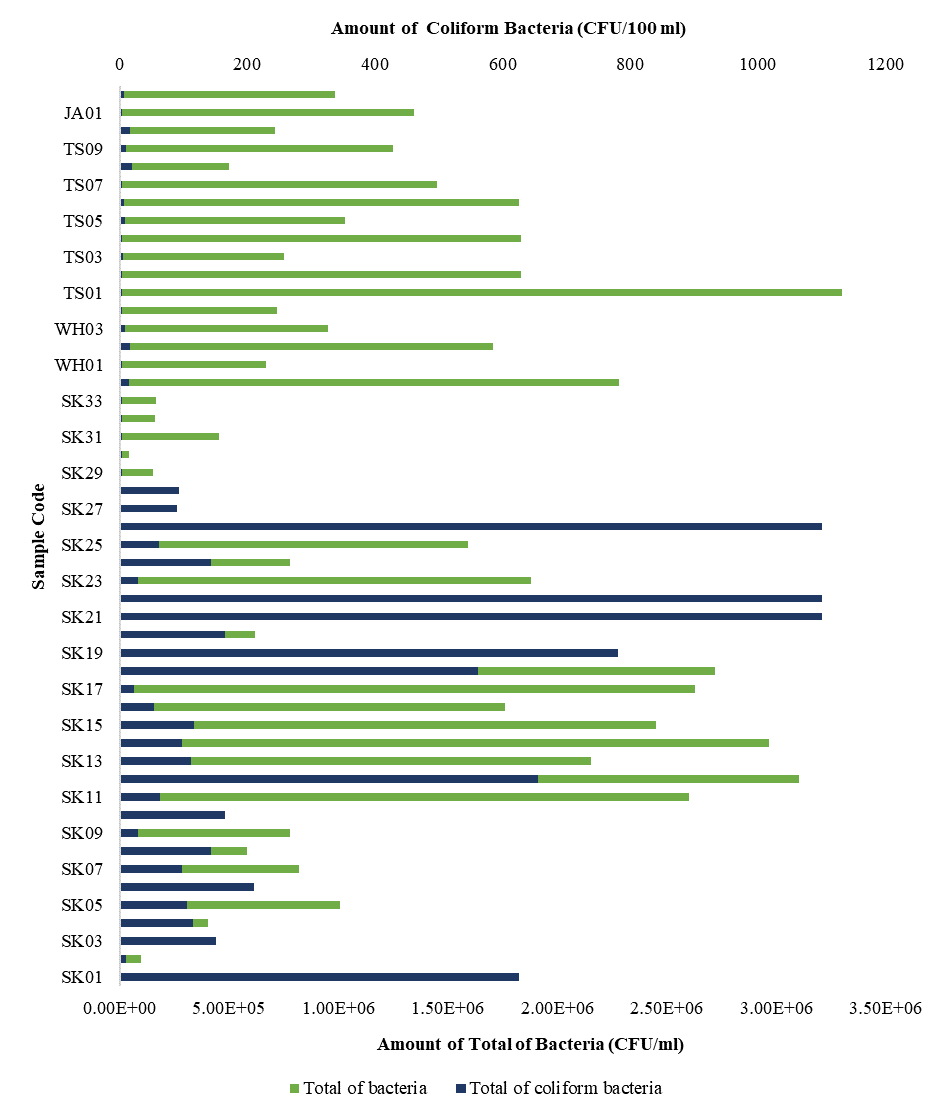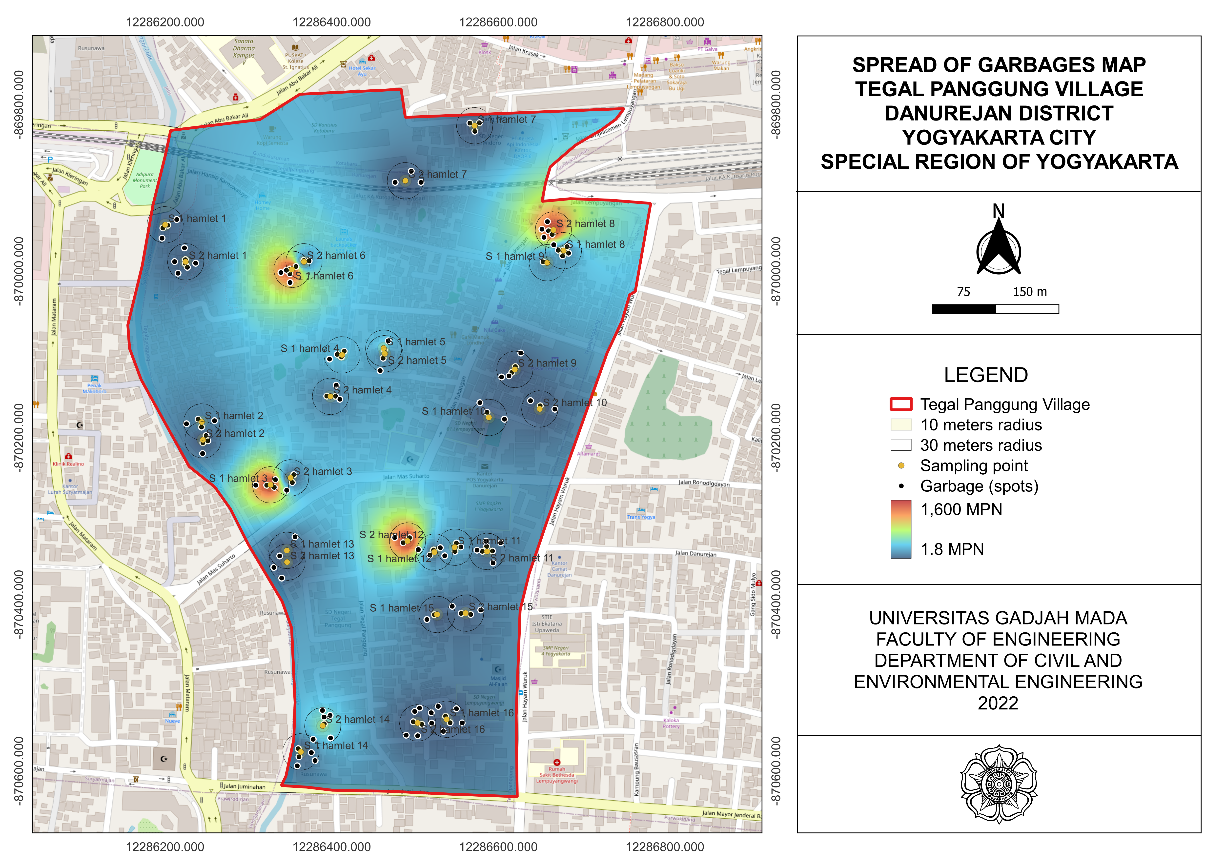Sensorineural Hearing Loss Due to Exposure of Noisy Trains on Populations Around Turirejo Train Railroad Cross
Downloads
Dwiatmoko H. Peran Perkeretaapian dalam Menunjang Sistem Logistik Nasional. J Transp . 2018;18(2):87–96. http://journal.unpar.ac.id/index.php/journaltransportasi/article/view/3038
Kusman A, Sulistiyana CS, Hendratno S. Hubungan Antara Kebisingan dengan Gangguan Pendengaran pada Pekerja Penggilingan Beras. J Kedokt dan Kesehat . 2015;2(1). http://jurnal.unswagati.ac.id/index.php/tumed/article/view/272
Arista E, Rili R. Desain Pembuatan Barrier Guna Mengurangi Kebisingan Kereta Api Akibat Double Double Track Jalur Kereta Api Di Area Pemukiman Lintas MAnggarai - Bekasi. J Perkeretaapi Indonesia . 2017;1(2):25-31. https://jurnal.api.ac.id/index.php/jpi/article/view/36
Suryani N. Hubungan Kebisingan Dan Umur Dengan Tekanan Darah Ibu Rumah Tangga Di Pemukiman Jalan Ambengan Surabaya. J Kesehat Lingkungan . 2018;10(1):70–81. https://e-journal.unair.ac.id/JKL/article/view/9388
Christi FV. Gambaran tingkat bisisng dan gangguan non auditory penduduk sepanjang rel kereta api ngagel rejo Surabaya. J Ilm Keperawatan . 2017;3(1):18–28. http://journal.stikespemkabjombang.ac.id/index.php/jikep/article/view/3
Lumonang NP, Moningka M, Danes VR. Hubungan Bising Dan Fungsi Pendengaran Pada Teknisi Mesin Kapal Yang Bersandar Di Pelabuhan Bitung. J e-Biomedik . 2015;3(3):728–732. https://ejournal.unsrat.ac.id/index.php/ebiomedik/index
Choirunisa R. Hearing Loss And Health Complaints In Technicians Air Skadron 3 Iswahjudi Airport And Its Association With Aircraft Noise. J Kesehat Lingkungan. 2019;11(1):61-68. https://e-journal.unair.ac.id/JKL
Sumardiyono, Hartono, Ari PS. Pengaruh Bising Dan Masa Kerja Terhadap Nilai Ambang Pendengaran Pekerja Industri Tekstil. J Ind Hyg Occup Heal . 2018;2(2):122-131. https://ejournal.unida.gontorac.id/index.php/JIHOH
Marisdayana R. Pengaruh Intensitas Paparan Bising, Masa Kerja Dengan Gangguan Pendengaran Karyawan PT. X. J Iptek Terap . 2016;10(3):188-191. https://ejournal.kopertis10.or.id/index.php/jit/article/view/597-371
Syah PB, Keman S. Effect of Using Hearing Protection and Earphone on Noise Induced Hearing Loss and Tinnitus in Workshop's Workers. J Kesehat Lingkungan . 2017;9(1):21–30. https://e-journal.unair.ac.id/JKL
Kementerian LIngkungan Hidup. Keputusan Menteri Lingkungan Hidup No 48 tahun 1996 tentang Baku Tingkat Kebisingan. Jakarta; 1996.
Putra MS, Kusumawati R, Putranto RPA. Pengaruh Kebisingan Kereta Api Terhadap Kualitas Hidup. Nexus Kedokt Komunitas . 2017;6(1):1–11. https://jurnal.fk.uns.ac.id/index.php/Nexus-Kedokteran-Komunitas/article/view/926/459
Mahroini Z, Kuspriyanto. Persebaran Tingkat Kebisingan Kereta Api Dan Upaya Masyarakat Menghadapi Kebisingan Di Permukiman Rel Kereta Api Kelurahan Ketintang Gayungan Kota Surabaya. Swara Bhumi e-journal Pendidik Geogr FIS Unesa . 2019;1(2):1-7. https://jurnalmahasiswa.unesa.ac.id/index.php/swara-bhumi/article/view/27715/25360
Pumar A, Baihaqi Y, Handani G, Saputra M, Alfayat R. Analisis Tingkat Kebisingan Tempat Ibadah di Sekitar Perlintasan Rel Kereta Api di Kota Padang. J Kapita Sel Geogr . 2019;2(5):35–42. http://ksgeo.ppj.unp.ac.id/index.php/ksgeo
Asmarani R. Hubungan Antara Kemampuan Adaptasi Terhadap Kebisingan Dengan Stres Kerja Karyawan. J Stud Insa . 2017;5(1):71–93. https://jurnal.uin-antasari.ac.id/index.php/insania/article/view/1356/1076
Rantung RM, Lintong F, Danes VR. Hubungan Bising Dengan Gangguan Pendengaran PAda Pekerja Game Central Area di Area Manado Trade Center. J e-biomedik . 2015;3(3):702–705. https://ejournal.unsrat.ac.id/index.php/ebiomedik/article/view/10316
Elfiza R, Marliyawati D. Hubungan Antara Lamanya Paparan Bising Dengan Gangguan Fisiologis Dan Pendengaran Pada Pekerja Industri Tekstil. J Kedokt Diponegoro . 2017;6(2):1196–1207. https://ejournal3.undip.ac.id/index.php/medico/article/view/18632
Arini EY, Setiyani O. Faktor-Faktor yang Berhubungan dengan Gangguan Pendengaran Tipe Sensorineural Tenaga Kerja Unit Produksi PT.Kurnia Jati Utama Semarang. J Kesehat Lingkung Indones . 2015;4(1):23–26. https://ejournal.undip.ac.id/index.php/jkli/article/view/9638
Marlina S, Suwondo A, Jayanti S. Analisis Faktor Risiko Gangguan Pendengaran Sensorineural Pada Pekerja PT. X Semarang. J Kesehat Masy . 2016;4(1):359–366. https://ejournal3.undip.ac.id/index.php/jkm
Rizqi SN, Widowati. Gangguan Pendengaran Akibat Bising. HIGEIA J Public Heal Res Dev . 2017;1(1):73–82. https://journal.unnes.ac.id/sju/index.php/higeia
Kusumadewi IP, Suwondo A, Jayanti S. Faktor Risiko Yang Berhubungan Dengan Kejadian Peningkatan Nilai Ambang Dengar Pada Pekerja Di Bagian Produksi Body Mini Bus PT. X Magelang. e-journal J Kesehat Masy . 2018;6(5):548–554. https://ejournal3.undip.ac.id/index.php/jkm/article/view/22093/20329
Chelsia A, Suryono H, Nurmayanti D. Pengaruh Umur, Masa Kerja Dan Pemakaian APT Terhadap Ambang Pendengaran Tenaga Kerja Konstruksi Kapal. J Gema Lingkung Kesehat . 2019;17(1):31–38. http://journal.poltekkesdepkes-sby.ac.id/index.php/KESLING/article/view/1050/672
Putri WW. Hubungan Usia dan Masa Kerja dengan Nilai Ambang Dengar Pekerja yang Terpapar Bising di PT. "X” Sidoarjo. Indones J Occup Saf Health . 2016;5(2):173–182. https://e-journal.unair.ac.id/IJOSH/article/view/4186/2830
Chanifah S. Hubungan Hipertensi Terhadap Gangguan Pendengaran Sensorineural di RSI Sultan Agung Semarang . Skripsi . Universitas Islam Sultan Agung. 2015. http://repository.unissula.ac.id/
Dewi A, Hikmallah N, Utami S. Hubungan Hipertensi dengan Gangguan Pendengaan Sensorineural pada Pasien Rawat Jalan di Poliklinik Telinga Hidung Tenggorokan di RSUD Provinsi NTB. J Kedokt . 2018;3(2):563–569. http://e-journal.unizar.ac.id/index.php/kedokteran/article/view/74
Istiqomah S, Imanto M. Hubungan Gangguan Pendengaran dengan Kualitas Hidup Lansia. Med J Lampung Univ . 2019;8(2):240-246. http://juke.kedokteran.unila.ac.id/index.php/majority/article/view/2477
Hanifa RL, Suwandi T. Hubungan Antara Intensitas Kebisingan Dan Karakteristik Individu Dengan Gangguan Pendengaran Pada Pekerja Di Madiun. J Public Heal Res Community Heal Dev . 2018;1(2):144–154. https://e-journal.unair.ac.id/JPHRECODE/article/view/16246
Rahmawati D. Faktor-Faktor yang Berhubungan dengan Gangguan Pendengaran Pada Pekerja di Departemen Metal Forming dan Heat Treatment PT. Dirgantara Indonesia (Persero). Skripsi. UIN Jakarta; 2015. http://repository.uinjkt.ac.id/dspace/
2. Formal legal provisions to access digital articles of electronic journal are subject to the provision of the Creative Commons Attribution-ShareAlike license (CC BY-NC-SA), which means that Jurnal Kesehatan Lingkungan is rightful to keep, transfer media/format, manage in the form of databases, maintain, and publish articles.
3. Published manuscripts both printed and electronic are open access for educational, research, and library purposes. Additionally, the editorial board is not responsible for any violations of copyright law.
JKESLING by UNAIR is licensed under a Creative Commons Attribution-ShareAlike 4.0 International License.







































